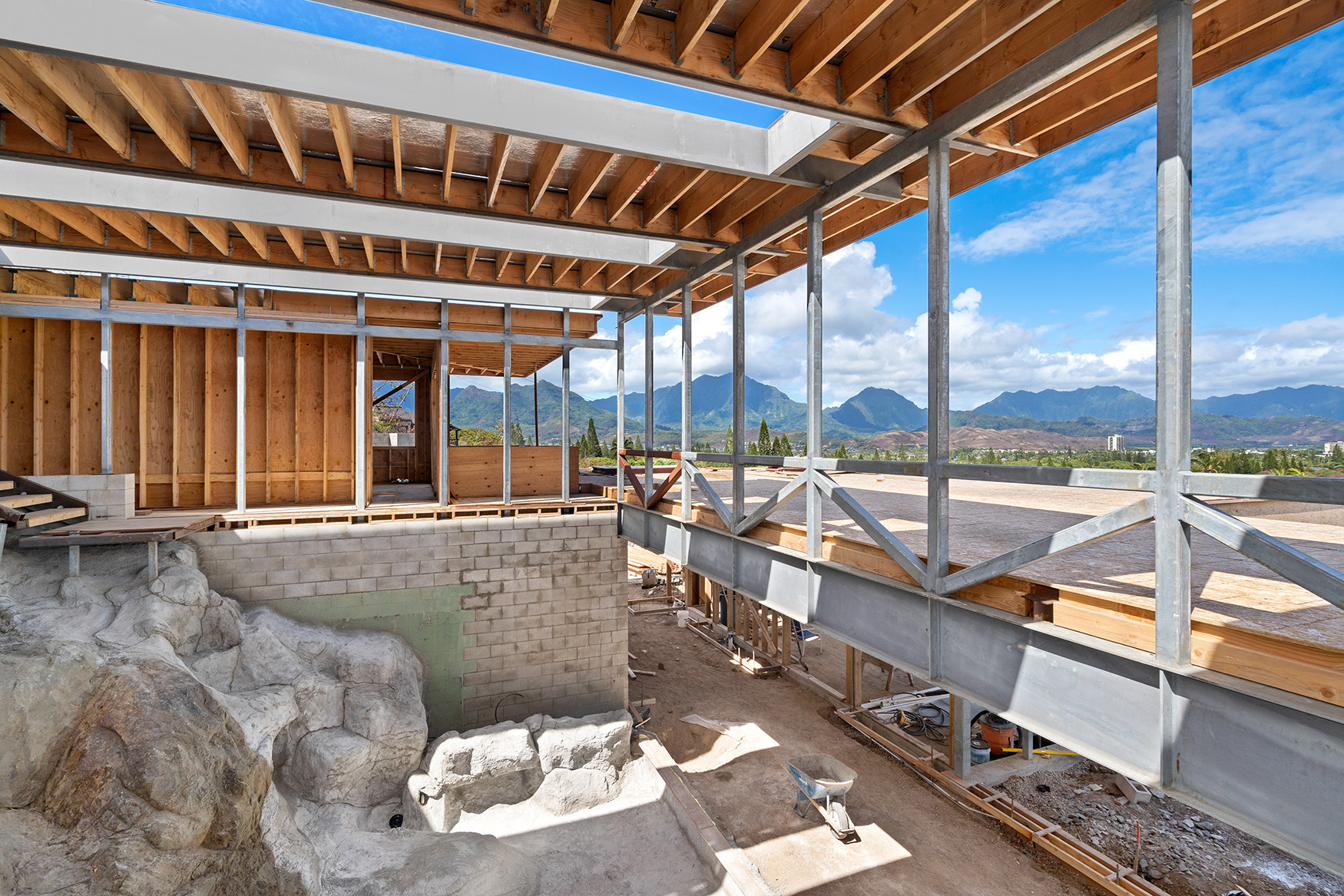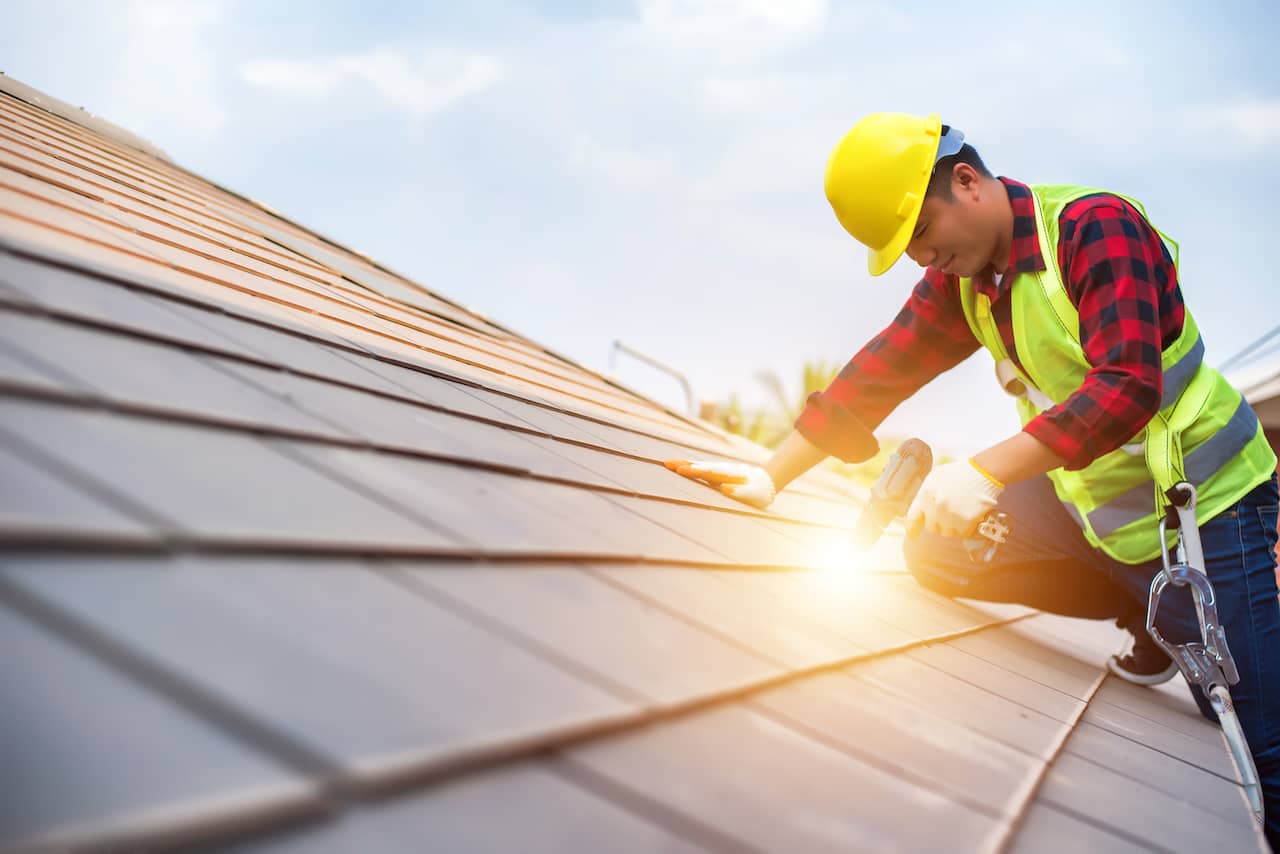The best roofing materials hawaii can withstand extreme island conditions year-round.
The best roofing materials hawaii can withstand extreme island conditions year-round.
Blog Article
Uncover Common Roofing Issues and Exactly How to Address Them Successfully
When it comes to your roof covering, finding troubles early can save you time and cash. What particular actions should you take to ensure your roofing stays in top problem?
Identifying Roofing System Leakages and Their Causes

Following, examine your roof from the outside. Try to find missing out on or broken floor tiles, rusted blinking, or harmed seamless gutters. Focus on locations around chimneys, vents, and skylights, as these are common leakage resources. If you identify any one of these issues, it's essential to resolve them immediately.
During heavy rain, observe your roof for any kind of merging water or drips. This can expose leakages that may not show up throughout dry problems. By remaining vigilant and consistently inspecting your roof covering, you can catch leakages early and shield your home from more damage.
Taking care of Missing or Harmed Tiles
When you observe missing out on or damaged shingles, it's vital to act rapidly to avoid more problems. You'll desire to determine the extent of the damages, repair any missing shingles, and take into consideration preventive maintenance ideas to keep your roofing system in leading shape. Taking these steps can conserve you money and time in the future.
Determining Roof Shingles Damages
Although roof shingles are developed to stand up to the components, they can still endure damages over time, leading to potential leakages and costly fixings. To identify shingle damage, beginning by evaluating your roofing system for missing, broken, or curled tiles. Consistently monitoring your roofing system, particularly after extreme climate, can aid you catch issues early and preserve the stability of your home.
Repairing Missing Out On Roof Shingles
After identifying roof shingles damages, the next step is dealing with any type of missing out on or damaged roof shingles promptly to avoid more problems. Begin by checking the afflicted location and figuring out the amount of shingles require substitute. If you can, climb up onto your roof securely, putting on suitable gear. Get rid of any kind of broken roof shingles thoroughly utilizing a pry bar. When you have actually gotten rid of the area, slide in the new roof shingles, guaranteeing they line up with the existing ones. Safeguard them with roof covering nails and use roof adhesive for added security. Do not fail to remember to seal the edges to avoid water infiltration. If you're uncomfortable with the repair, it's smart to call a professional. Acting swiftly will assist keep your roofing's stability and expand its lifespan.
Preventive Upkeep Tips
Exactly how can you keep your roof covering in top shape and stop tiles from going missing out on or getting damaged? Normal inspections are crucial. Check your roof at the very least twice a year and after serious weather. Look for indicators of wear, such as curling, breaking, or loosened tiles.
Maintain seamless gutters tidy and without particles to assure appropriate water flow and protect against tile damage. Trim looming branches to lessen the threat of them scraping against your roofing system during tornados.
Think about applying a protective sealer to expand your roof shingles' life-span. Lastly, if you discover any concerns, resolve them without delay to stay clear of expensive repairs later on. Taking these safety nets can save you time and money while assuring your roof continues to be resilient and trustworthy.
Recognizing Roof Ventilation Issues
Proper roof ventilation is essential for maintaining the long life and efficiency of your roof covering system, as it aids regulate temperature and wetness degrees in your attic room. Without ample air flow, you could encounter problems like excessive warm build-up, leading to premature tile deterioration, or enhanced humidity that can cause mold growth and wood rot.
To examine your roof covering ventilation, check for indicators of overheating, such as deformed shingles or a hot attic room. Search for obstructed vents, which can restrict air movement and catch heat. You need to assure your intake and exhaust vents are well balanced, permitting proper air exchange.
If you believe ventilation troubles, take into consideration installing extra vents or updating existing ones. Ridge vents, soffit vents, and gable vents can all improve airflow. Attending to these concerns without delay can protect your roof covering and conserve you from expensive fixings down the line. Remain proactive in preserving your roofing's air flow to shield your home.
Resolving Roofing Moss and Algae Growth
While you may value the natural look of moss and algae on your roofing, these microorganisms can bring about considerable problems if left uncontrolled. They trap moisture, which can result in roof shingles wear and tear and leakages. To tackle this issue, start by eliminating any kind of noticeable development. Make use of a soft-bristle brush to delicately scrub away the moss and algae, bewaring not to damage your shingles.
Following, think about using a specialized roofing cleaner or a combination of water and bleach to eliminate continuing to be spores. Rinse extensively to avoid any kind of chemical damages. Additionally, install zinc or copper strips along the ridge of your roofing system. As rainfall washes over these steels, it creates a protective obstacle versus future development. Normal inspections and maintenance will certainly aid protect against moss and algae from returning, ensuring your roofing continues to be healthy for several years ahead.
Repairing Tornado Damages and Wind Concerns
After a tornado, it's vital to assess your roofing system for damage triggered by high winds and hefty rain. Begin by examining click resources for missing out on or broken shingles, as these are usual casualties.
Seek any kind of drooping locations, which might show water accumulation or architectural problems. If you discover any type of particles, like branches or leaves, eliminate them very carefully to stay clear of additional damage. If your rain gutters are obstructed, clear them to assure proper water drainage.

For tiny repairs, you could manage it yourself, yet do not wait to call a specialist for extensive damage. Keep in mind, acting swiftly can save you from bigger problems down the line, so take that assessment seriously and deal with any problems immediately.
Identifying Indicators of Structural Damage
Exactly how can you tell if your roof covering is dealing with architectural damage? Start by looking for noticeable sagging or dips in your roofline. These indicators indicate that the underlying structure might be compromised. Next, check for fractures or voids in the walls or ceiling, as these can signify shifting or working out because of roofing concerns. Take notice of leakages or water stains, especially in areas where the roofing system satisfies wall surfaces. If you see missing or broken roof shingles, it's vital to address them promptly, as they can reveal your roof to further damages. Examine your attic room for any type of indications of daylight glimpsing via, which can suggest your roofing's honesty is at risk. Lastly, listen for unusual creaking or standing out noises, as they might show structural tension. If you observe any one of these indications, it's time to seek advice from a roof professional for an extensive evaluation.
Regular Maintenance Tips for Longevity

Normal Examinations Relevance
Considering that a roof is your home's initial line of defense versus the components, routine inspections are crucial for preserving its honesty. You need to inspect your roof at least two times a year, ideally in springtime and autumn, to catch prospective concerns early. Keeping up with these inspections can protect against costly repair services down the line and prolong your roofing's lifespan, guaranteeing your home remains risk-free and audio for years to come.
Proper Seamless Gutter Maintenance
Normal roof assessments normally lead to the importance of proper rain gutter upkeep. Tidy your seamless gutters a minimum of two times a year to prevent blockages from fallen leaves, dust, and debris. If you stay in a tree-heavy area, think about inspecting them regularly. Utilize a strong ladder and use gloves while eliminating the buildup. Likewise, check your rain gutters for leakages or corrosion; they can cause water damage to your roofing and home. See to it downspouts straight water away from your foundation to avoid flooding. Installing gutter guards can reduce particles buildup and lower upkeep time. Check for appropriate slope; rain gutters need to slope towards the downspouts to assure excellent water drainage. By complying with these suggestions, you'll prolong your gutters' lifespan and protect your roof covering.
Often Asked Questions
Just How Can I Select the Right Roof Covering Product for My Home?
To choose the right roof material for your home, consider climate, resilience, and aesthetic appeals. Research alternatives like asphalt roof shingles, metal, or tile. Consider upkeep needs and budget to find what fits you best.
What Are the Indications I Required a Roof Covering Substitute As Opposed To Repair Service?
If you discover prevalent leaks, drooping, or missing tiles, you might require a roof replacement. If your roof covering's nearing its life expectancy or has substantial damage, it's time to consider a complete replacement rather of just repair work.
Just how Often Should I Arrange Professional Roofing Inspections?
You ought to arrange specialist roofing system evaluations a minimum of annually, ideally in springtime or autumn. This aids capture potential this page issues early, ensuring your roofing system continues to be in good problem and lengthening its lifespan.
Can I Install a New Roofing System Over My Old One?
You can set up a new roofing system over your old one, however it's necessary to inspect regional building ordinance and ensure the existing roofing's condition is sound. This method can save time and money, however think about prospective issues.
What Is the Typical Life Expectancy of Different Roofing Materials?
The average life-span differs by product: asphalt roof shingles last 15-30 years, metal roofing systems can last 40-70 years, while tile or slate roofs may go beyond half a century. Select sensibly based on your environment and spending plan.
Verdict
By remaining alert and dealing with common roof covering troubles immediately, you can safeguard your home and extend your roof's life-span. Consistently check for leaks, harmed roof shingles, and ventilation concerns, and deal with moss or algae growth prior to it aggravates - roofing materials hawaii. After storms, look for any damages and make needed repairs. With a little regular maintenance, hop over to here you'll not just secure your investment yet likewise enjoy comfort knowing your roof covering is in leading form. Don't wait-- act currently!
Report this page